Date: 15 May 2007
Located in the Yulong mountains near the town of Lijiang, the 2.4 meter telescope is part of a governmental program to develop modern astronomical facilities in China and will be primarily used to search for planets and to study the age of the universe.
The telescope’s primary mirror, one of the most critical components of any telescope, is made with the world’s leading near zero-expansion material, “Zerodur” glass ceramic from SCHOTT AG in Mainz, Germany. The material will be used in operating temperatures between -10° C and 35° C without any deviation in form. This allows the Lijiang telescope to produce crystal-clear images regardless of ambient temperatures. The larger diameter enables a higher resolution and wider range of observation, producing images several times the size of those possible with the one-meter model currently utilized by most observatories in China. “Zerodur” glass ceramic also demonstrates outstanding homogeneity, good chemical stability, and it can be precisely polished to meet the specifications for astronomical mirrors.
“The Lijiang telescope is state-of-the-art and is suited for both imaging and spectroscopic observations throughout the visual and near infrared spectrum,” said Li Yan, Director of Yunnan Astronomical Observatory. The telescope offers extremely precise tracking and pointing controls, allowing observations over longer distances and those requiring better clarity.
The 30 million remninbi project (approximately three million euros) is one of seven of national astronomical programs currently being built up in China and the first to begin operation. It was designed and built by Telescope Technologies Ltd. in the UK to be a fully-automated robotic telescope, which can be operated from another location.
100 Year History of Mirror Substrate Production
SCHOTT delivered its first astronomical mirror substrate in 1903. Made of optical glass at the time, the 720 mm substrate is still in use today in the optical telescope at the Heidelberg Observatory in Germany. The most significant milestone in the production of mirror substrates came in 1970 with SCHOTT’s development of “Zerodur” glass ceramic. For over 35 years now, it has been a favored material for mirror substrates in earthbound and orbital telescopes. One of the world’s largest reflecting telescopes today is the "VLT" - Very Large Telescope, in Chile. Its primary mirror has a diameter of over eight meters and was made from a single “Zerodur” glass-ceramic block. More recently, SCHOTT manufactured 42 “Zerodur” glass ceramic mirror substrates for the Gran Telescopio Canarias, the largest optical telescope in Europe, scheduled to go into operation in the second half of 2007.
In China, SCHOTT has also supplied 40 hexagonal substrate segments made from “Zerodur” glass ceramic for the primary mirror of LAMOST, the Large Sky Area Multi-Objects Fiber Spectroscopy Telescope. This telescope is designed to measure up to 4000 spectra simultaneously, making it the most powerful spectral survey tool worldwide when it begins operation.

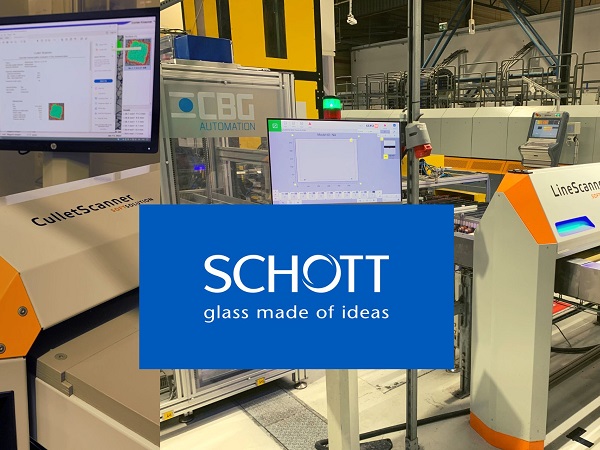
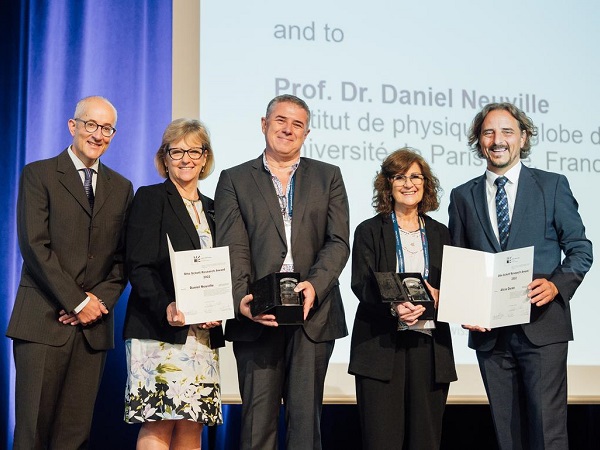
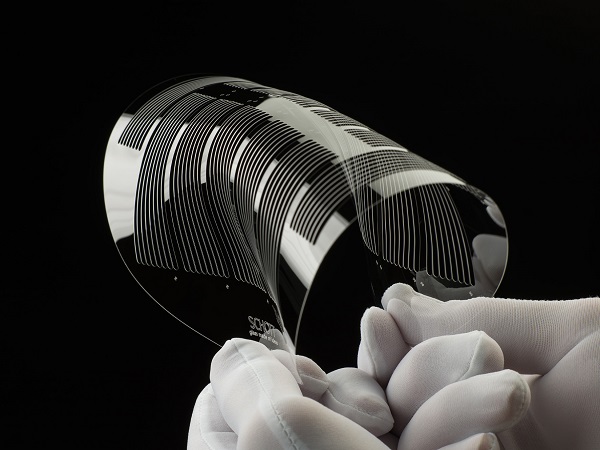
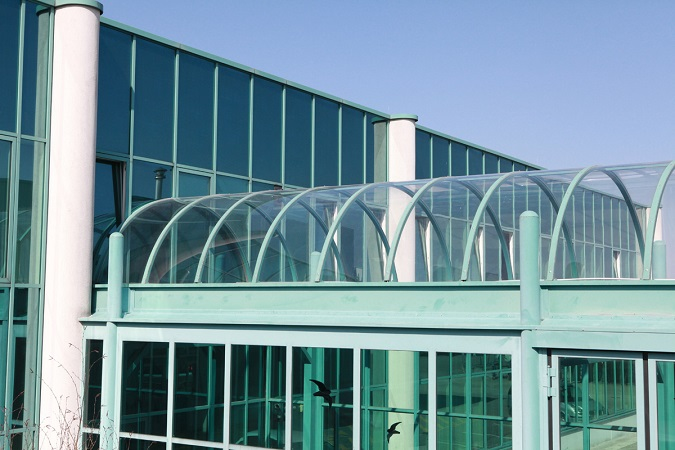
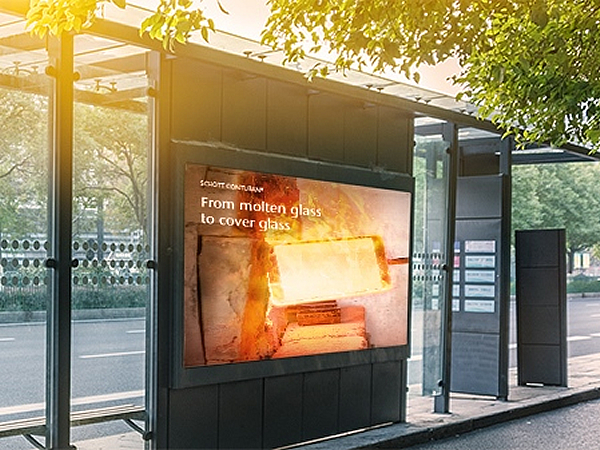
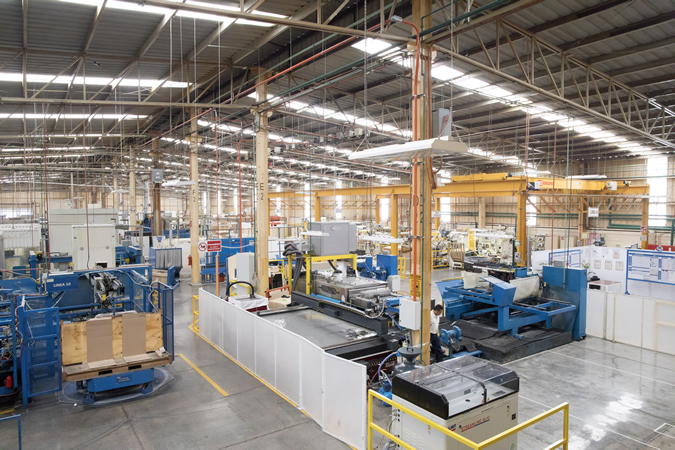
Add new comment